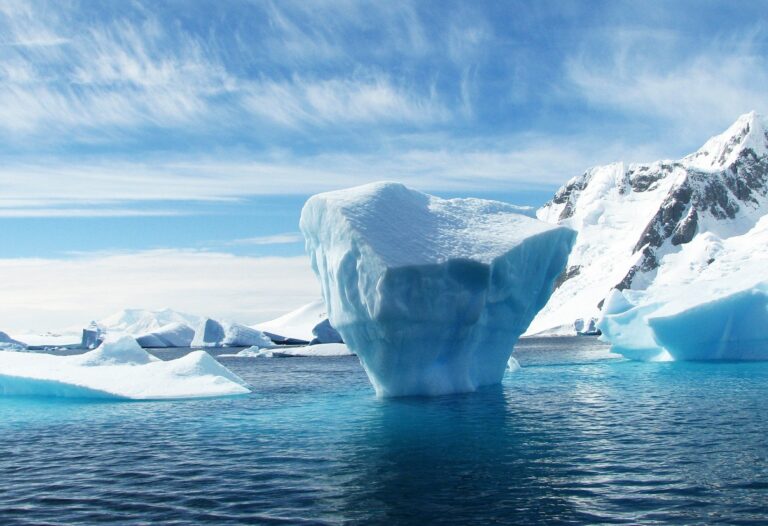The University of Reading has announced that research funding worth US$21m has been awarded to projects its scientists are working on. The projects seek to develop new models to better predict how the Earth will look in future under climate change.
The funding comes from Schmidt Futures’s Virtual Earth System Research Institute (VESRI). The University of Reading is one of only two UK institutions funded under the scheme.
One of the projects to receive funding is the five-year Land Ecosystem Models based On New Theory, obseRvations and ExperimEnts (LEMONTREE) project. The US$10.9m-funded project, of which Reading will receive US$2.1m, will develop a next-generation model of the terrestrial biosphere and its interaction with the carbon cycle, water cycle and climate.
Meanwhile, the Scale Aware Sea-Ice Project (SASIP), which was awarded US$10.3m, of which Reading will receive US$1.2m, aims to develop an innovative sea ice model that will produce more detailed predictions for how Arctic and Antarctic sea ice will change in future under climate change.
LEMONTREE will combine observations and simulations to improve how land ecosystems are incorporated in climate models. Project director, professor Sandy Harrison, said, “The project will create a better understanding of the role played by vegetation in natural cycles, and allow us to predict the impacts of future climate change on the ecosystems which both regulate our climate and provide the resources humankind needs to live.”
SASIP, led by Centre National de la Recherche Scientifique in France, will use AI and data assimilation to exploit the vast amount of data on sea ice that exists from observations and simulations. The model it seeks to develop will better represent sea ice dynamics and temperatures, to be used by climate researchers.
Professor Alberto Carrassi, NCEO divisional director for data assimilation at the University of Reading, added, “More accurate predictions for how sea ice will decline in the coming decades and centuries will be crucial to planning for these dramatic changes, and guiding us in action to minimise them as much as possible.”



